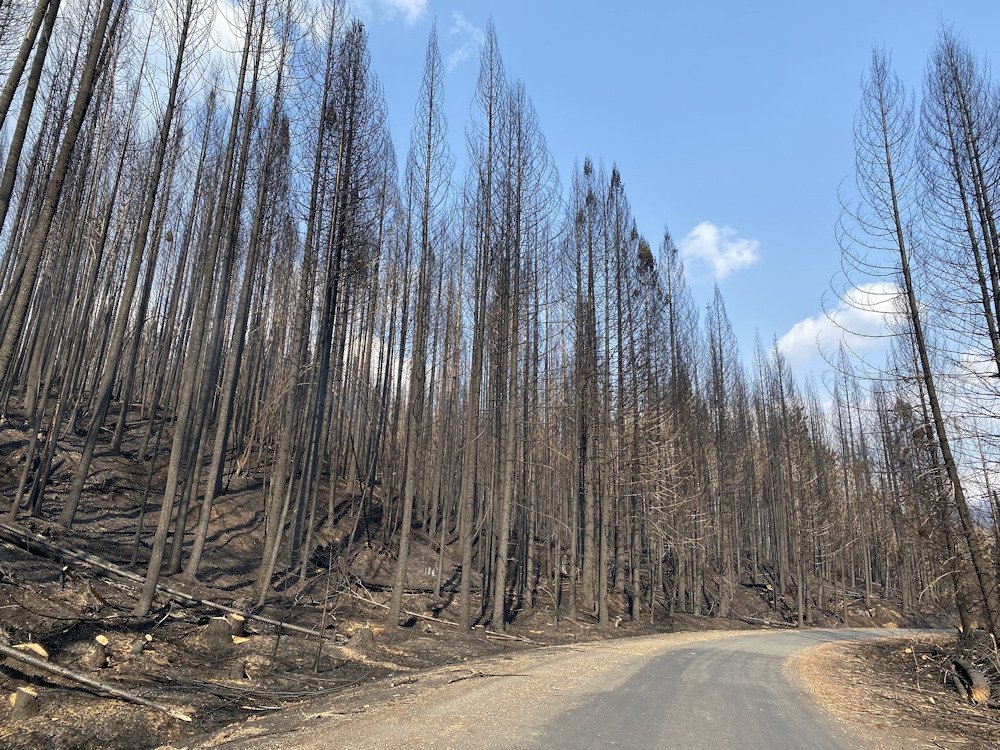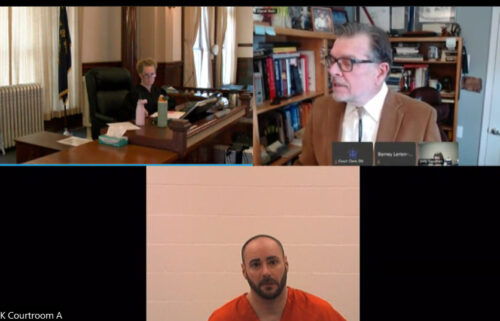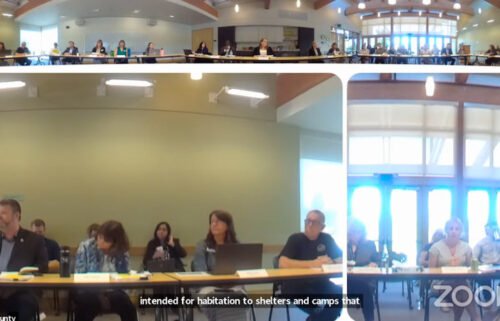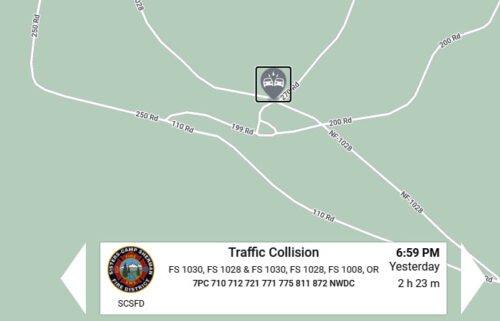Seedling shortage a post-wildfire challenge for Oregon forestland owners

80-140 million more seedlings could be needed for burned lands
SALEM, Ore. (KTVZ) – Unprecedented demand for forest tree seedlings after Oregon's devastating large wildfires of 2020 are creating difficulties for forest landowners, the Oregon Department of Forestry said Wednesday.
ODF, along with Oregon State University and other forestry organizations, said they can help address some of the issues that make reforesting challenging.
“Seedlings were already in short supply in Oregon before the fires,” explained Kyle Abraham, chief of ODF’s Private Forests Division. “Now, rough estimates are that somewhere between 80 and 140 million additional seedlings could be needed to reforest just the non-federal lands that burned in 2020.”
Abraham added that while these estimates are still preliminary, the possible range of seedlings needed is two to three times the typical number of seedlings needed each year for reforestation in Oregon.
Abraham cited three other factors that limit seedling availability.
- Labor shortages
It’s hard for nurseries to ramp up production and for landowners to find workers to do replanting.
- Financial risk
Seedlings have a short shelf life once “lifted” from a nursery. Nurseries mostly grow for landowners who are regular buyers of many seedlings and file orders years ahead of time.
- Lack of nursery space
Few nurseries specialize in forest species to meet the demands for seedlings.
Abraham said availability of seed can sometimes also be an issue: “Trees must be grown from the appropriate seed – seed that is adapted to the area where it will be planted. That generally takes two years. While seed inventories are generally strong for most areas of the state, there are some isolated gaps. We’re also working to help fill those gaps.”
Abraham said landowners with smaller acreages often need help finding the right seedlings for their zone.
In recognition of how hard it is for many landowners to find seedlings, Abraham said they should contact ODF if they need assistance in reforestation.
“Our goal is to help landowners reforest,” said Abraham. “We are being realistic about how feasible that is, under the circumstances.”
Working on solutions
OSU Extension and the Oregon Small Woodlands Association have surveyed landowners about their seedling needs. That surveyed group alone needs about 3.5 million trees to fully reforest.
“ODF has convened a working group with representatives from state and federal land management agencies, the forest and nursery industries, OSU Extension, and non-profit associations that serve small-acreage landowners to help address some of these needs,” Abraham said.
He said the group is currently considering some of the following:
- Immediate options to procure or grow seedlings for smaller landowners. This strategy includes working with both private and public (USDA Forest Service) nurseries.
- Looking at options to increase in-state nursery capacity.
- Developing the necessary organizational structure to collect and batch seedling orders for smaller-acreage landowners – and to help with some of the storage and transportation logistics.
Because of climate change, seedlings planted today will grow and mature in climate conditions different than exist today.
“It’s more important than ever to get the right species of tree and from the right seed source planted in the right place,” said Abraham. “Landowners should carefully consider what species are likely to do well at the elevation and sun exposure where they will be planted. Resources that can help are ODF foresters, local OSU Forestry Extension specialists and online seedlot selection tools, among others.”
On the labor front, Abraham said ODF has lists of current contractors to give landowners who need help planting trees. The agency is also looking at options to help landowners coordinate and work with a single contractor across multiple ownerships to help implement site preparation, planting, and maintenance for family forest landowners. This approach will make better use of limited contract resources.
ODF and OSU Forestry Extension have educational resources and can offer tree-planting lessons for people who want to plant trees themselves.
“I encourage landowners to reach out to forestry professionals, neighbors, and associations of woodland owners to identify resources and get answers for successful reforestation,” Abraham said.



